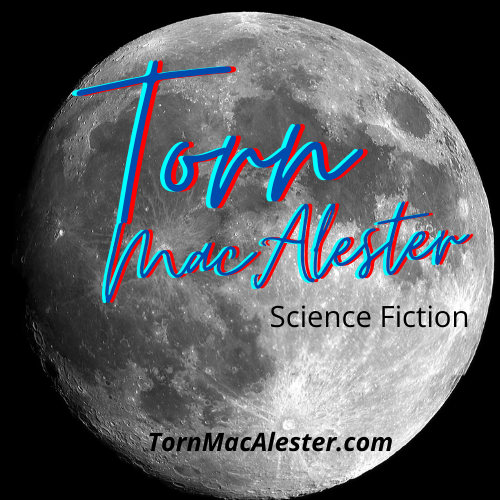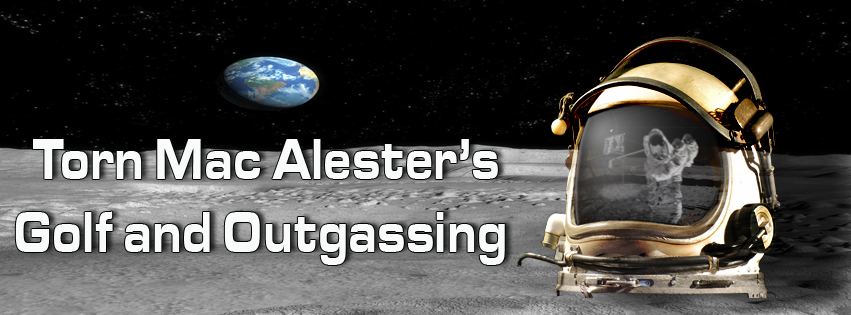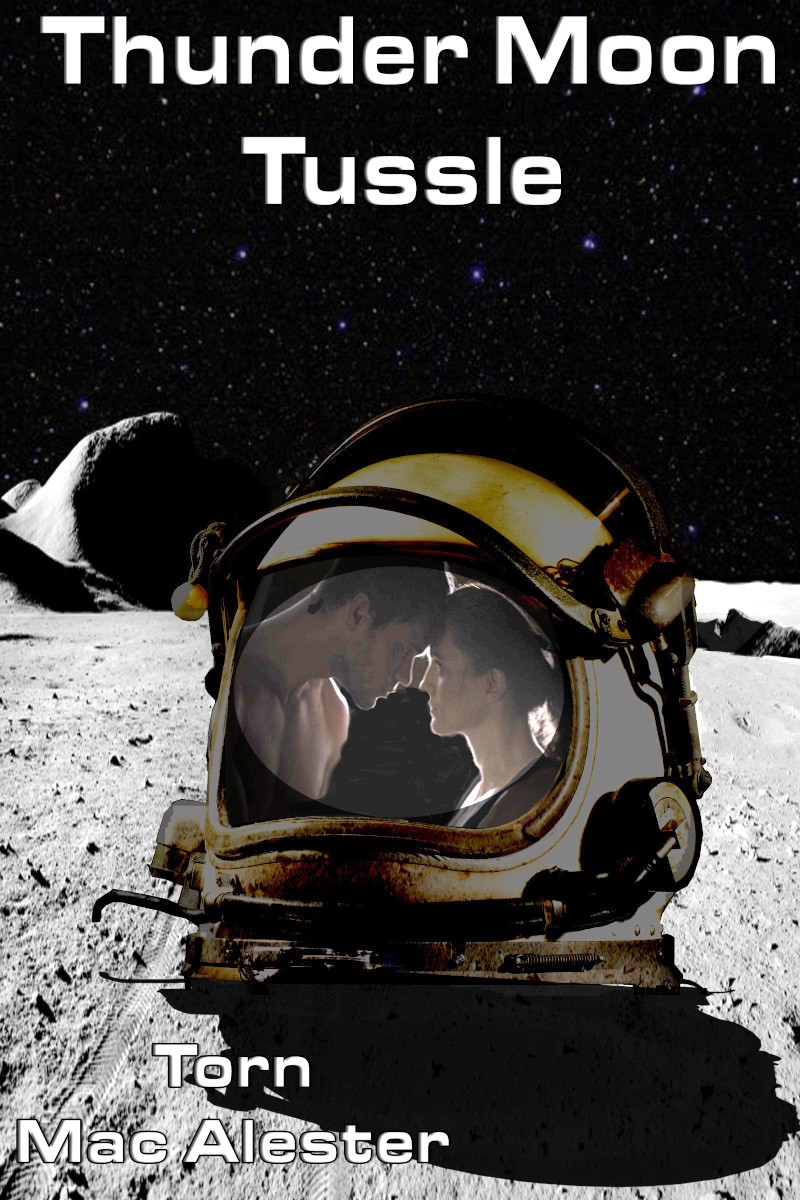

Featured
Golf and Outgassing by Torn MacAlester
A few years ago, I began thinking about the return to the Moon in a fictional setting. Most of what I wanted was a sense of realism. Part of that realism centered around a couple unresolved issues from the past. In particular, I thought about finding a way to connect my stories to the Apollo Moon landings.
After some searching, I discovered a few interesting mysteries that were left over from the Apollo era. Some were focused on the expectation of igneous rocks that failed to materialize during the Apollo 16 landing. Prior to the mission science suggested that the lunar highlands were volcanic. However, the rocks found at Apollo 16 were breccias — complex shocked rocks that are the result of meteor bombardment. However, that mystery was more because of an expectation based on theory rather than from an unresolved sampling issue. Once the theory was updated, the existence of breccias was easily explained.
Another interesting mystery was the location of the Apollo 11 landing. At the time, Neil Armstrong did not see the expected landing zone once the lunar module (LM) had tipped to an upright orientation. He also noticed that they were about to land too close to a large crater and boulder field. Taking manual control of the spacecraft, Neil piloted the LM to a clear landing as ‘Buzz’ Aldrin relayed information of velocity and remaining fuel. They were successful, and Apollo 11 landed. But the location of the landing remained a mystery until the lunar reconnaissance orbiter (LRO) imaged the landing site.
A persistent mystery that remained until the time I began writing Golf and Outgassing was a water detection from part of the Apollo Landing Science Experiment Package (ALSEP) experiments. That detection showed up twice in the data. However, the prevailing scientific consensus at the time was that the Moon was dry. I wrote a short article about Apollo 14 in 2022. But, this mystery always intrigued me and it led to writing the short story Golf and Outgassing. I also wrote an accompanying article Science of Golf and Outgassing.
This week’s discord chat
Week of Feb 5 2023 [5th at 1 PM EDT (6 PM GMT), 8th at 9 PM EDT (9th 2AM GMT)]
- Discussion of Torn’s Golf and Outgassing
Currently Reading
2001: A Space Odyssey by Arthur C. Clarke
The Space Environment: Implications for Spacecraft Design — Revised and Expanded Edition by Alan C. Tribble
Lunar Sourcebook: a Users Guide to the Moon edited by Grant H. Heiken, David T. Vaniman, and Bevan M. French
A new novel by Torn MacAlester
The long awaited sequel to Thunder Moon Tussle:
Mask of the Joyful Moon
Coming Soon
This Week’s Short Fiction by Torn MacAlester
This week, I offer the vignette Rejection.
Extrasolar Planets
When I first started studying Astronomy, my book brought me up the state of knowledge about 1940. However, I also was very aware of the space program that was rewriting those books. Mars was discovered to have craters. Venus was an oven the melted lead. And, astronauts walked on the Moon.
We always had suspicion of planets orbiting other stars, but we were left to science fiction to image those. Now through advanced optics and big new observatories, extrasolar planets have become a reality of science. Some have been imaged, but now we have a video of planets circling another star:
Video of planets circling another star
By studying meteorites, we can estimate the constituent parts of Terrestrial planets. In Paul Voosen’s article from Science Weekly, we find that water and other volatiles are present. Since meteorites are the building blocks of planets, it suggests that Earth like planets can form around other stars.
Here is another example of a close orbiting ‘Earth like’ exoplanet in a video from Dr. Becky Smethurst.
Dust grains are the formation of planets. Here is an effort to understand those grains:
https://www.sciencedaily.com/releases/2023/01/230113145324.htm
For more references and videos see my page: Extrasolar Planets.
